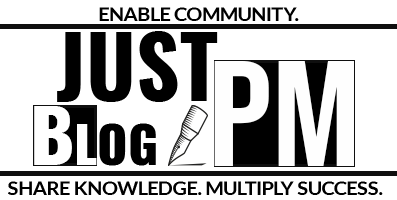Forecasting EAC by assuming that the remaining work will be done at the budgeted rate is a common approach, especially when there’s confidence that the factors causing variances have been addressed or are temporary. Let’s delve deeper into its implications and scenarios where it might be most applicable.
Implications:
- Optimistic Assumption: This method is inherently optimistic. It assumes that whatever challenges or inefficiencies the project faced in the past won’t continue in the future.
- Relies Heavily on Past Data: The formula EAC=AC+BAC−EV is straightforward and relies on the actual costs incurred and the original budget. It doesn’t consider any new information or changes in the project environment.
- Doesn’t Account for Future Risks: This method assumes a smooth path forward without considering potential risks or challenges that might arise.
When is it Most Applicable?
- Temporary Setbacks: If the project faced a one-time, identifiable setback (like a natural disaster, unexpected equipment breakdown, or a short-term resource shortage), and there’s confidence that such an event won’t recur, this method might be appropriate.
- Learning Curve: In projects with a steep learning curve, the initial stages might see slower progress and higher costs. Once the team gets accustomed to the new technology or process, they might work more efficiently, making the original budgeted rates achievable.
- Change in Resources or Vendors: If inefficiencies were tied to a particular vendor or team member, and there’s been a change, the project might get back on track with the original budgeted rates.
- Project Mid-Review Adjustments: A mid-project review might sometimes identify inefficiencies and take corrective actions. If these actions are deemed effective, the project might proceed at the budgeted rate.
Caveats:
While this method can be useful in certain scenarios, it’s essential to approach it with caution. Blindly assuming that the future will align with original estimates can lead to further cost overruns and mismanagement. It’s always a good practice to:
- Continuously monitor and adjust forecasts as new data becomes available.
- Regularly review risks and update the risk register.
- Engage stakeholders and keep them informed about the forecasting method and its implications.
- Use this method with other forecasting techniques to get a comprehensive view.
In conclusion, while the “EAC forecast for ETC work done at the budgeted rate” is a valuable tool in a project manager’s arsenal, it is crucial to use it judiciously and in the right context.


